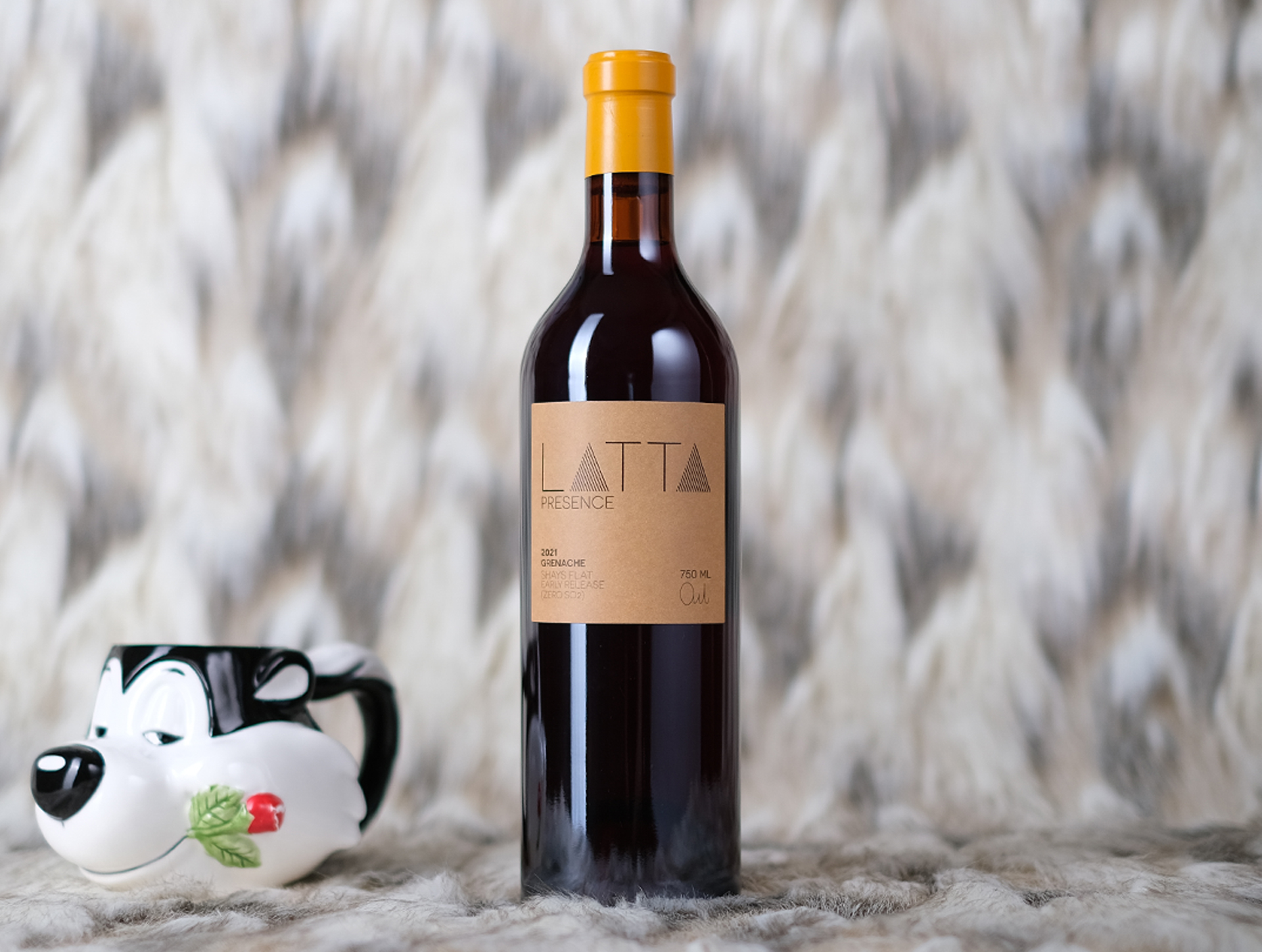With the grenache renaissance in full swing, it’s great to see some Victorian examples making their own mark. This early release wine from Owen Latta captures a fragrant but complexly spicy side to the grape, with amaro/vermouth seasoning the wild red fruits, while a meshing of cool tannins and zippy acidity gives this real pep.
Tasting note
This is a light expression of grenache, 20–30% whole bunch and “pressed off after a week or so” and with no sulphur dioxide employed at all. This is fine and vibrant, but with plenty of flavour, notes of amaro spice, orange peel, wormwood, white pepper, with flashes of redcurrants, sour cherry juice and pomegranate. This is fresh, and it will take a light chill, but there’s plenty of tannin too, along with zippy cranberry acidity, a touch of rosewater to finish, with a puckering of cool tannins.
Themes of this wine
Chilled reds
There was a time that the only red you would consider chilling was a generic Beaujolais, but the reality is that room temperature is generally too warm for most red wine. If you’re not blessed with a climate-controlled cellar, a brief stint in the fridge will do most reds a favour, while some lighter reds can take more of a chill, and indeed many are now made to be drunk colder, if not exactly fridge cold. No wine, red white or sparkling is enhanced by the frosty temperature of a domestic fridge, but a stint on the bench will soon fix that. With red wines, those with bigger tannins will do less well cooler, while aromatic lighter bodied wines will generally perform well with a refreshing chill to them.
Grenache
The great grape of the Southern Rhône, grenache, has also found many homes around the world, from Spain, to Italy, to California, while Australia is home to the world’s oldest productive grenache vines, planted in 1948. Today, a renaissance is seeing the grape championed, with makers in McLaren Vale arguably turning out the most compelling examples.
Sulphur dioxide
Sulphur is a naturally occurring preservative and antioxidant, which helps to protect wine from losing its natural flavours and from undesirable oxidative reactions to occur. Sulphur can be used at various stages in the winemaking process, and natural winemakers can even use it, though only when bottling, and only in small doses. In fact, many winemakers prefer to only use it at bottling to protect their wine on what can be a long journey before it is opened. Some makers believe that a wine without sulphur is more expressive of the both the natural flavours fruit and the expression of site, but much care needs to be taken to ensure those wines are stable and protected.
Whole bunch
Yep, the whole thing. If you ferment with whole bunches, you’ll get a different result. The stems add more tannin, and tannin with a slightly different feel in the mouth to grape skin or oak tannin. You’ll also get some of those berries fermenting more or less whole, which yields a brighter fruit profile alongside a raft of spices.
Pyrenees
The wine zone of Western Victoria contains the three major regions of the Grampians, the Pyrenees and Henty. Being the furthest inland to the north-east, the Pyrenees is more continental in climate with warm days and cold nights. The Pyrenees were planted to vines in the 19th century, with the last vines disappearing in the 1940s, before replanting in the 1960s. Interestingly, sparkling wine was an early focus in the Pyrenees, though the warm summer days make ripening later picked red varieties, such as cabernet sauvignon, a reliable proposition. The fact that both things are possible is testament to the heterogenous nature of the region. The modern founders are still the region’s most acclaimed names, such as Blue Pyrenees, Taltarni, Mount Avoca and Dalwhinnie.



